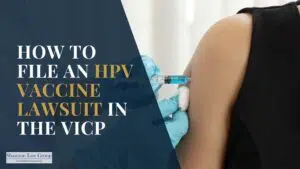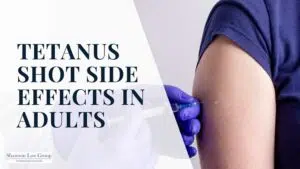
The Federal Motor Carrier Safety Administration (FMCSA), a subsidiary of the U.S. Department of Transportation, governs interstate trucking nationwide. To provide guidance to trucking companies, the FMCSA issued the Federal Motor Carrier Safety Regulations (FMCSRs or “federal regs”). Sections 383 and 391 of the FMCSRs outline the minimal requirements for interstate commercial truck drivers.
What are the qualifications to become a truck driver?
Under the federal regulations, a driver is qualified to operate a commercial motor vehicle if he or she meets the following criteria:
- Is at least 21 years old;
- Can read and speak the English language sufficiently to converse with the general public, to understand highway traffic signs and signals in the English language, to respond to official inquiries, and to make entries on reports and records;
- Can, by reason of experience, training, or both, safely operate the type of commercial motor vehicle (CMV) he or she drives;
- Is physically qualified to drive a CMV;
- Has a currently valid CDL;
- Has prepared and furnished the trucking company that employs her with a list of prior traffic violations and accidents
- Is not disqualified to drive a commercial motor vehicle[1]; and
- Has successfully completed a driver’s road test and has been issued a certificate of driver’s road test or has presented a CDL or a certificate of road test which the trucking company that employs him or her has accepted as equivalent to a road test.
Here’s what you need to know to become a truck driver
Section 383 of the FMCSRs outlines 20 additional areas of knowledge and skill requirements prior to becoming an authorized interstate truck driver. Specifically, CMV drivers must have knowledge of:
- The driver-related FMCSRs
- The purpose and function of the controls and instruments commonly found on CMVs;
- The proper procedures for performing various basic maneuvers including backing, using mirrors, etc.;
- The procedures and techniques for controlling the space around the vehicle
- The basic information on hazard perception and clues for recognition of hazards, among many others.
If you are looking to become a truck driver, you will need to enroll in a CDL program or truck driver school. A good place to start preparing for a CDL program would be to review your state’s CDL Manual. Most CDL manuals are publicly available online and can be found with a simple Google search.
If you can’t find your state’s CDL manual readily available, look for another state’s manual. There is, perhaps unsurprisingly, very little difference between most states’ manuals.
The written examination portion of the CDL program will test your knowledge of the CDL manual. Once you pass the written CDL examination, you will have to pass a road test that tests your ability to safely navigate your way behind the wheel of the type of CMV that you will be expected to drive.
Under the federal regulations, if you are a new or entry-level CDL driver, there are additional training requirements that you and your employer must meet before you become authorized to operate a CMV on your own.
[1] Section 391.15 outlines circumstances under which a driver is deemed disqualified, including a suspended driver’s license or CDL, or a recent DUI conviction.
Schedule Your Free Consultation Today



